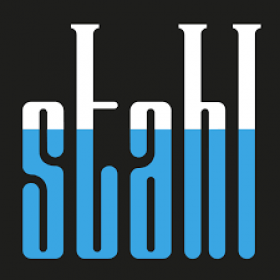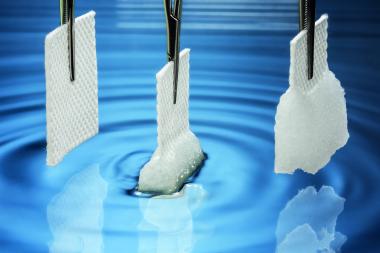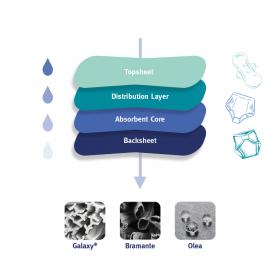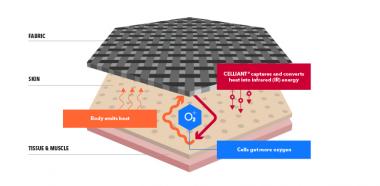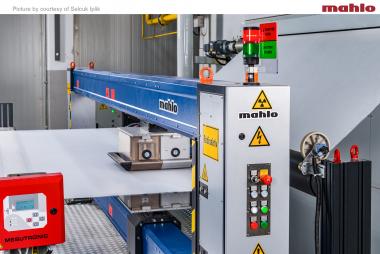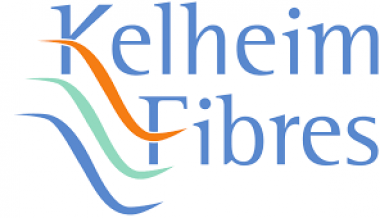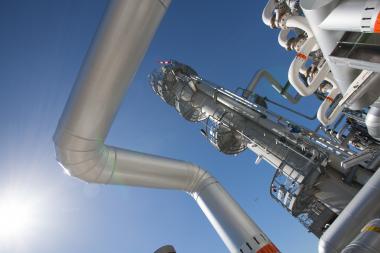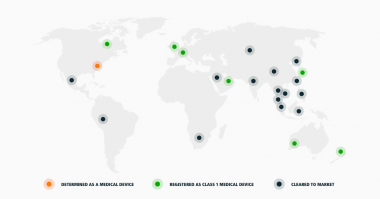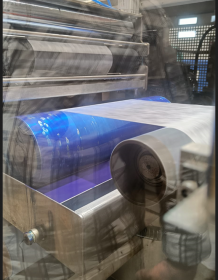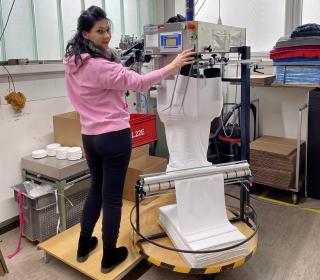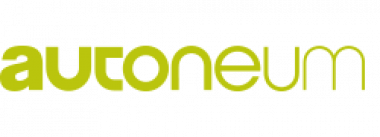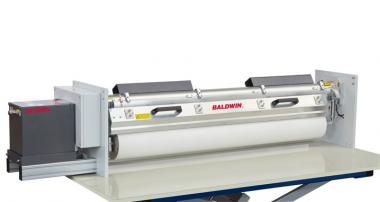Mimaki at ITMA 2023
Mimaki Europe, a provider of industrial inkjet printers, cutting plotters, and 3D printers, has announced the introduction of two technologies at ITMA 2023: a Textile Pigment Transfer Printing System and the Neo-Chromato Process. These innovations are showcased for the first time, and ahead of commercial availability, at the exhibition in Milan, Italy, solidifying Mimaki's commitment to sustainable and environmentally friendly solutions in the textile printing industry.
Mimaki’s New Textile Pigment Transfer Printing System
The transfer printing method is more sustainable than both analogue and digital textile dye printing methods with zero water consumption and substantially lower CO2 emissions. The system comprises three essential elements: the Textile Pigment Ink, the Transfer System and the Textile Pigment Transfer paper, Texcol®.
Texcol® is a transfer paper pioneered by Dutch paper manufacturer, Coldenhove that allows for transferring a digital print using an environmentally friendly 3-step transfer process to create a vibrant application on a wide range of materials, including natural fibres. The design is initially printed onto the paper using a customised TS330-1600 - Mimaki’s high-volume, high-quality dye sublimation printer - and Mimaki’s new pigment inks developed for the process. The module that adapts the TS330-1600 will be available as an option for existing and new Mimaki customers in Q3 2023 but is being previewed on the Mimaki stand at ITMA.
Mimaki’s new Textile Pigment Ink is undergoing bluesign certification before commercial availability. bluesign is a renowned certification programme that ensures the highest levels of safety, environmental friendliness, and sustainability within the textile and apparel industry.
As the final stage, the Texcol® paper undergoes a one-step waterless process, through an entry-level calendar machine onto the textile of choice.
Cyclical textile technology
Mimaki is also debuting its new, unique Neo-Chromato Process, which revolutionises the reuse of coloured polyester textiles.
By decolourising polyester textiles that have been dyed using dye sublimation technologies, this innovative process allows materials to be re-printed or dyed immediately, contributing to a smaller circular economy. There is no limit to how many times reused polyester can be treated with the Neo-Chromato Process and the process itself minimises water usage and pollution by enabling the disposal of the absorbent paper and decolouring solvents used in the process as burnable waste.
Mimaki ITMA 2023 digital printing textile printing water consumption Sustainability
Mimaki Europe B.V.











